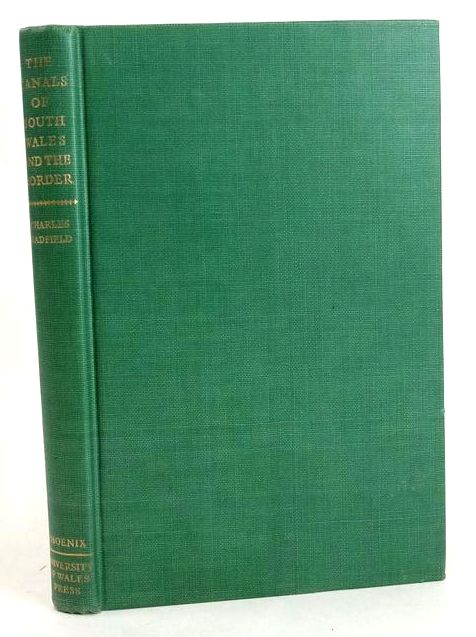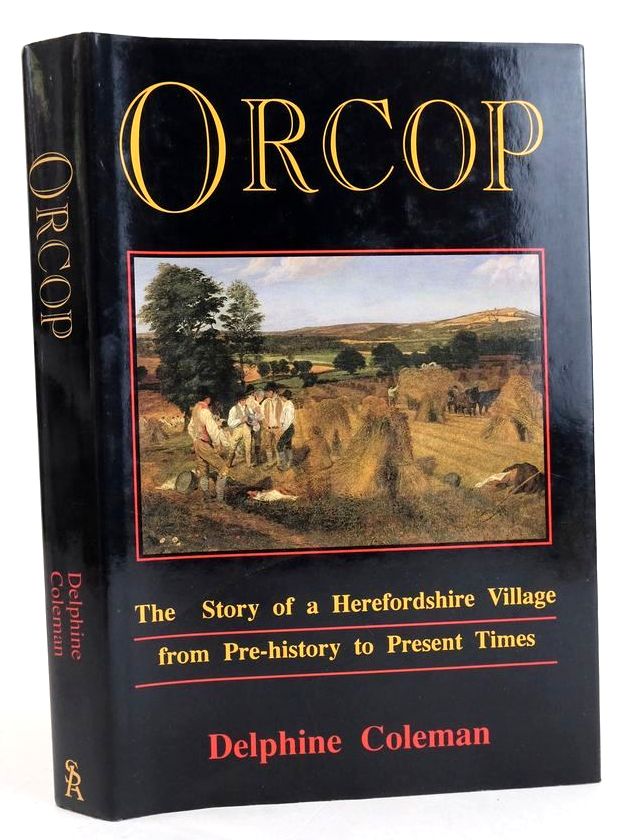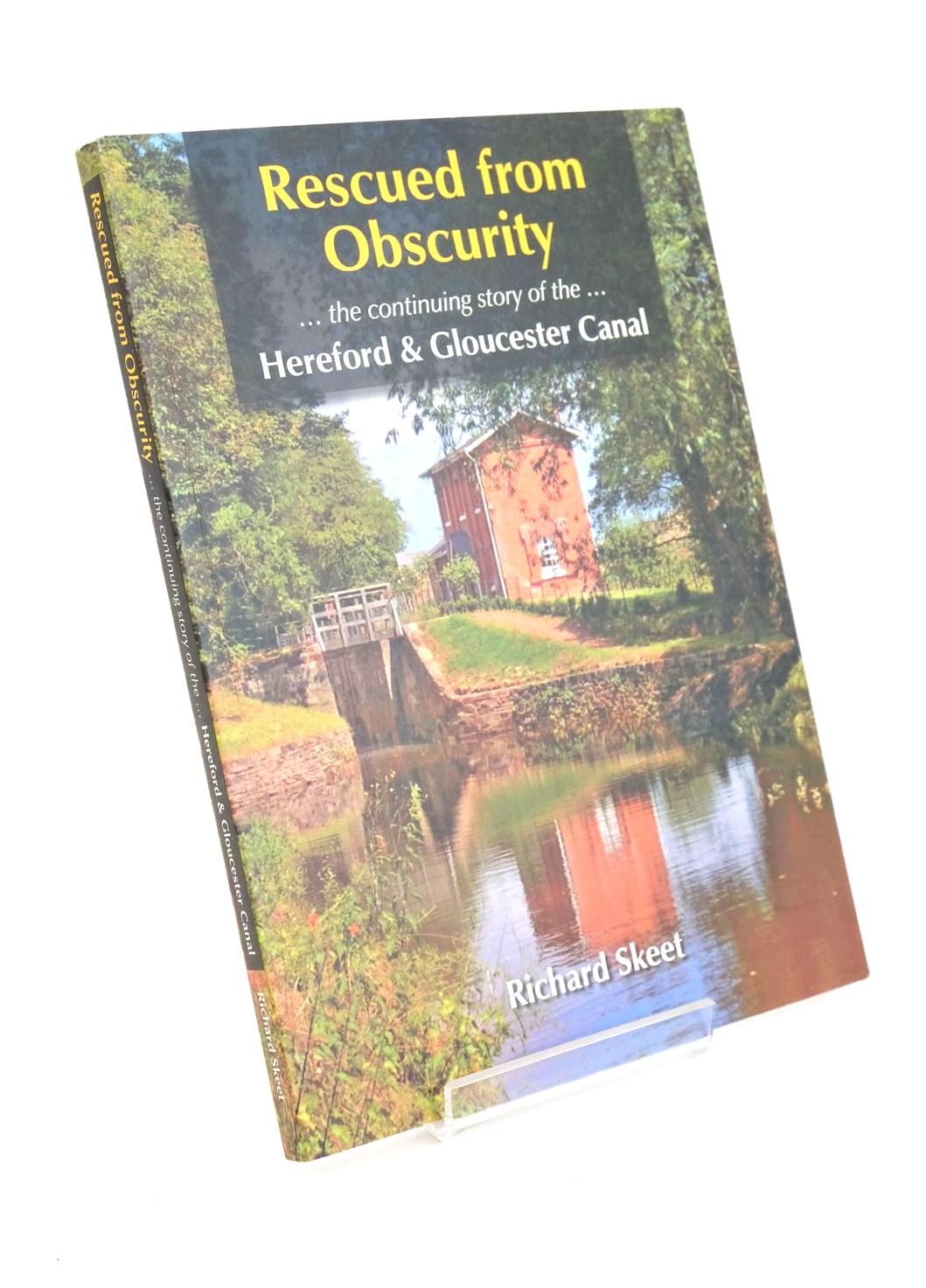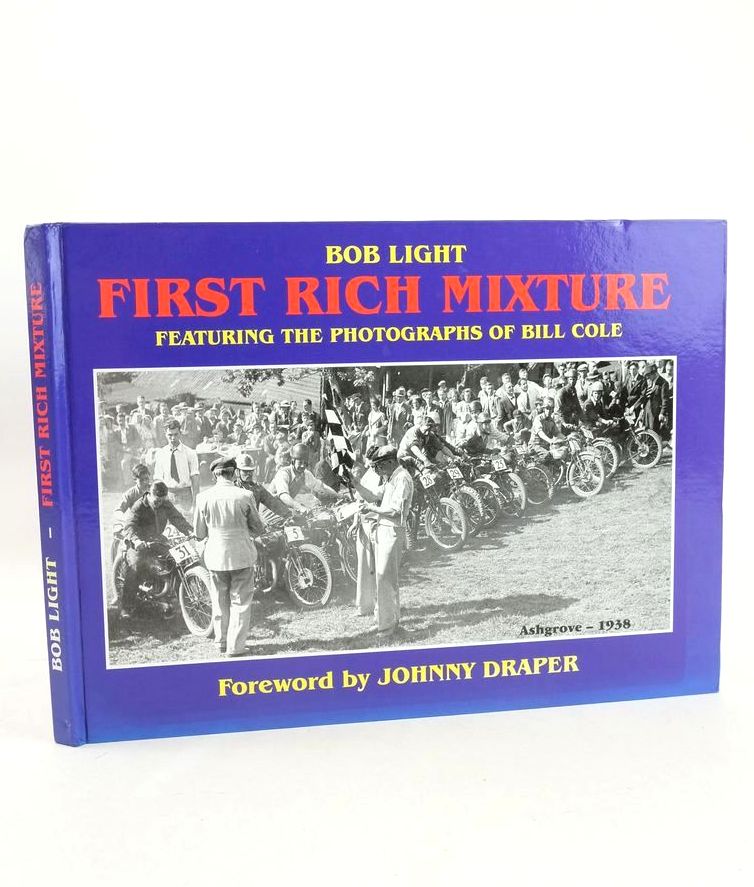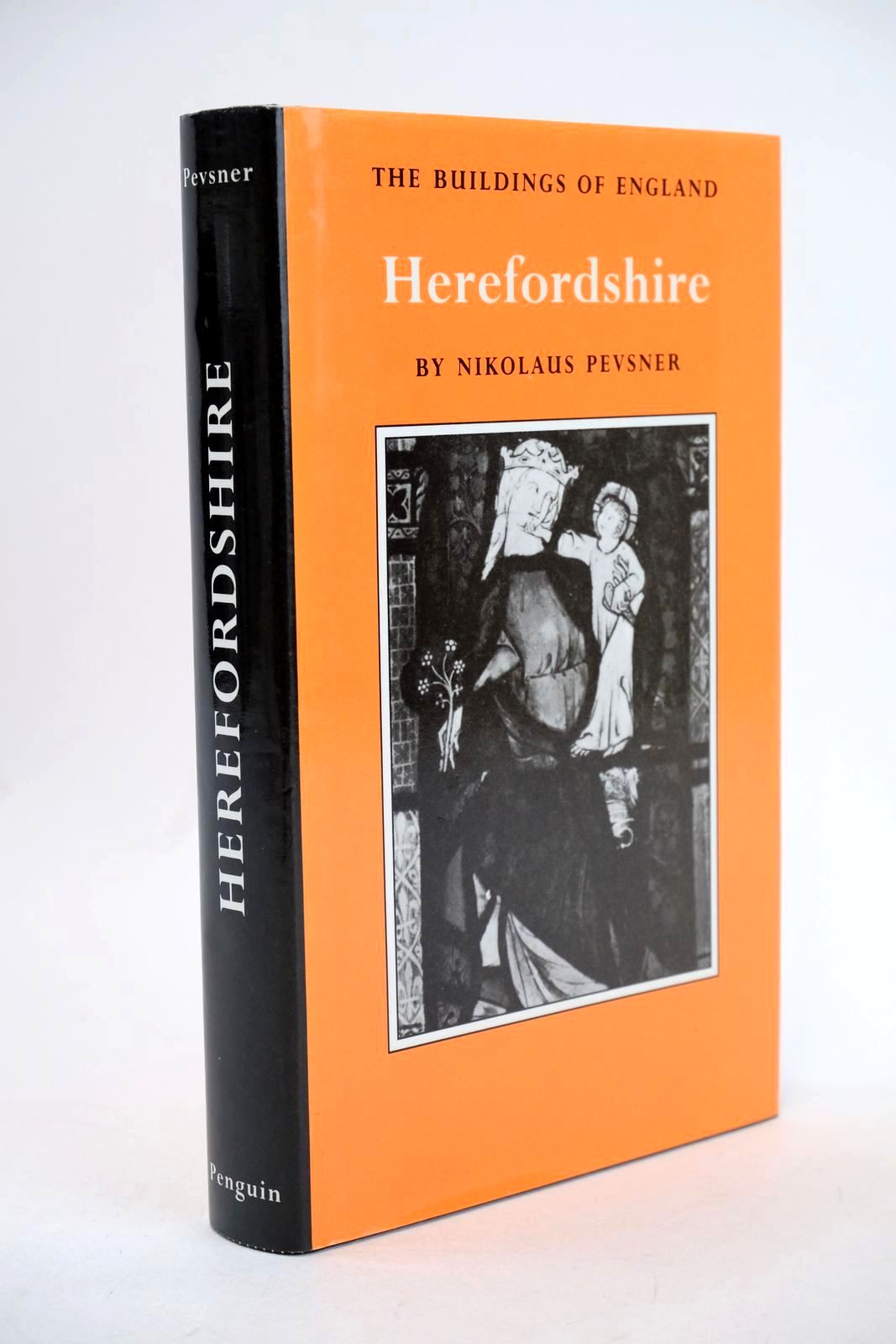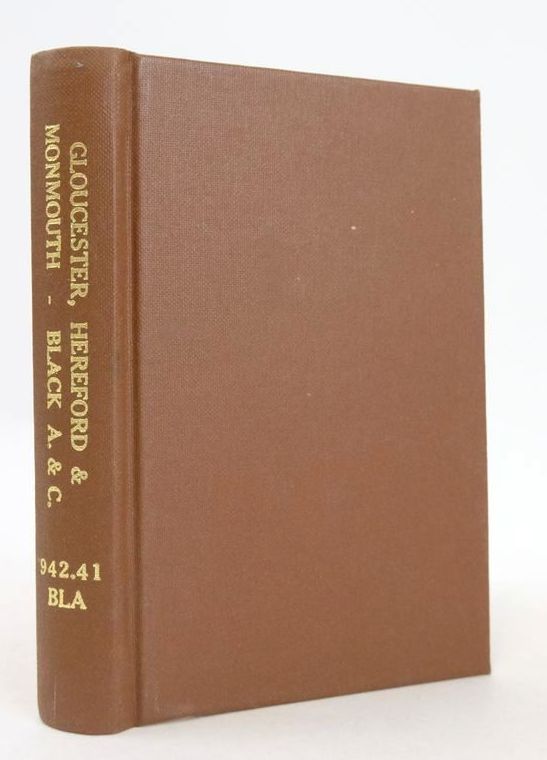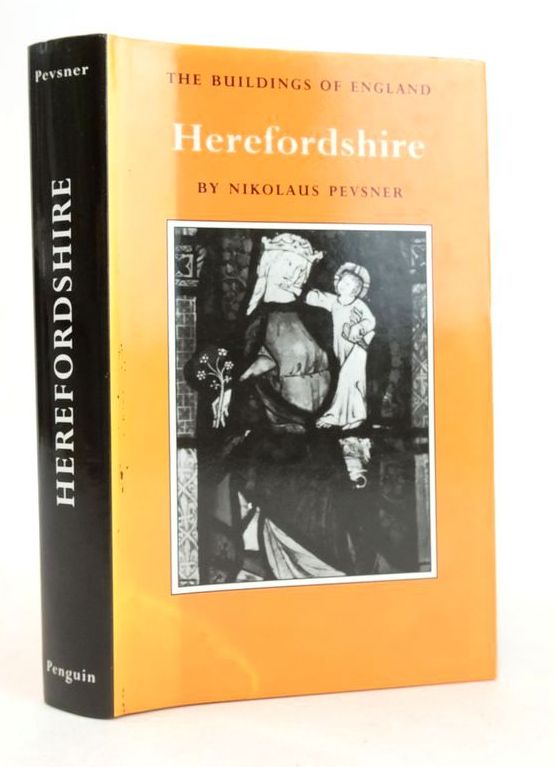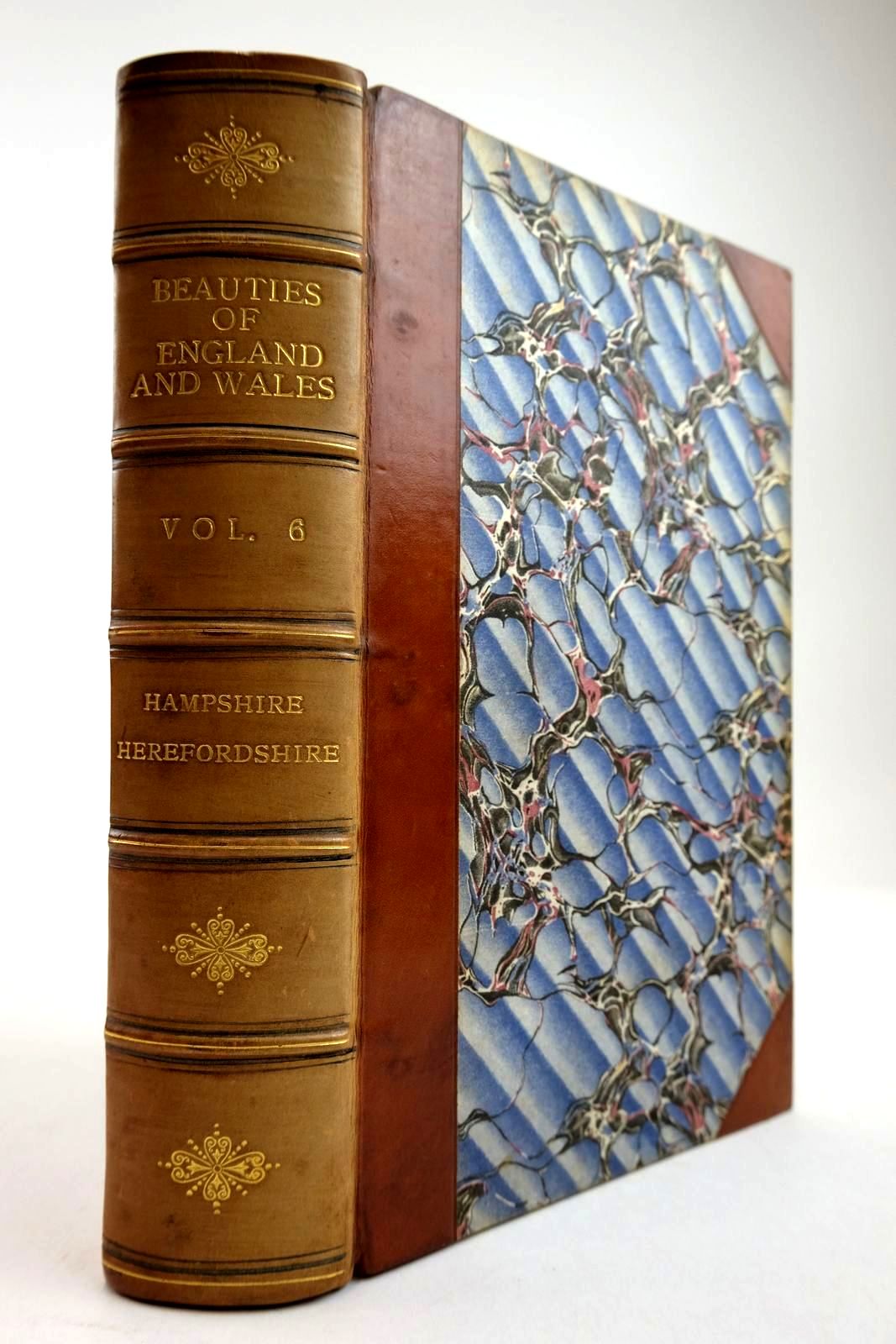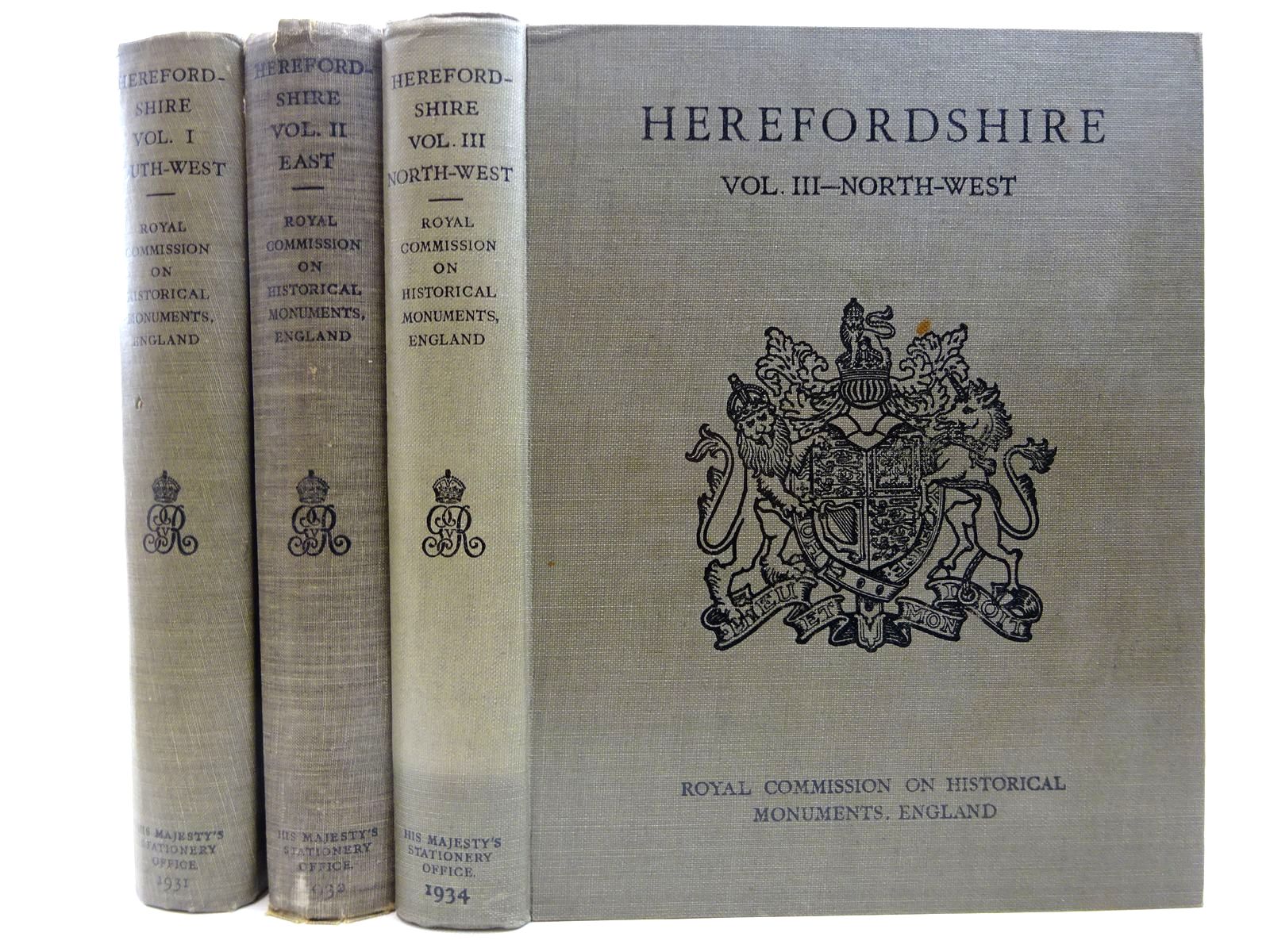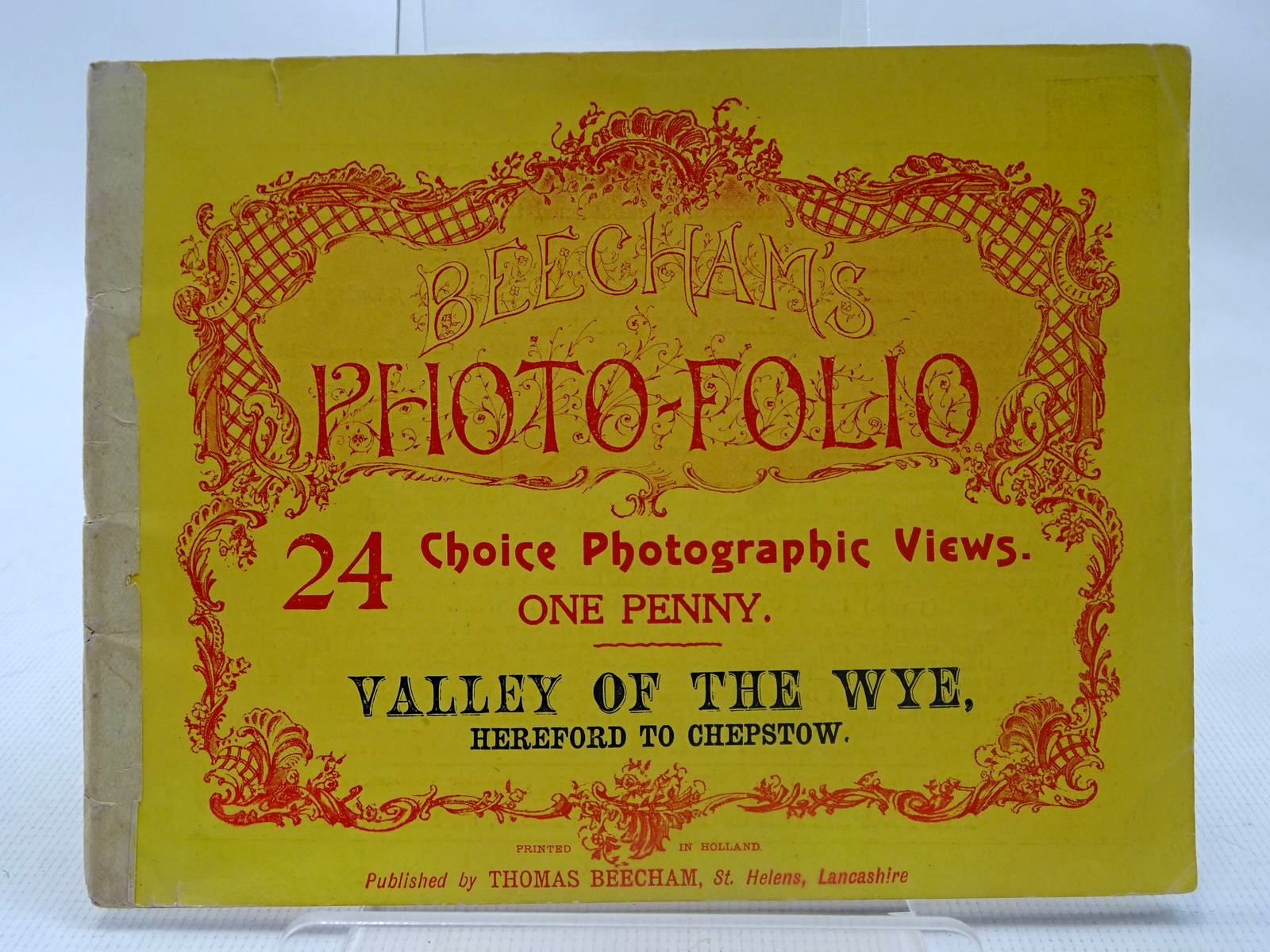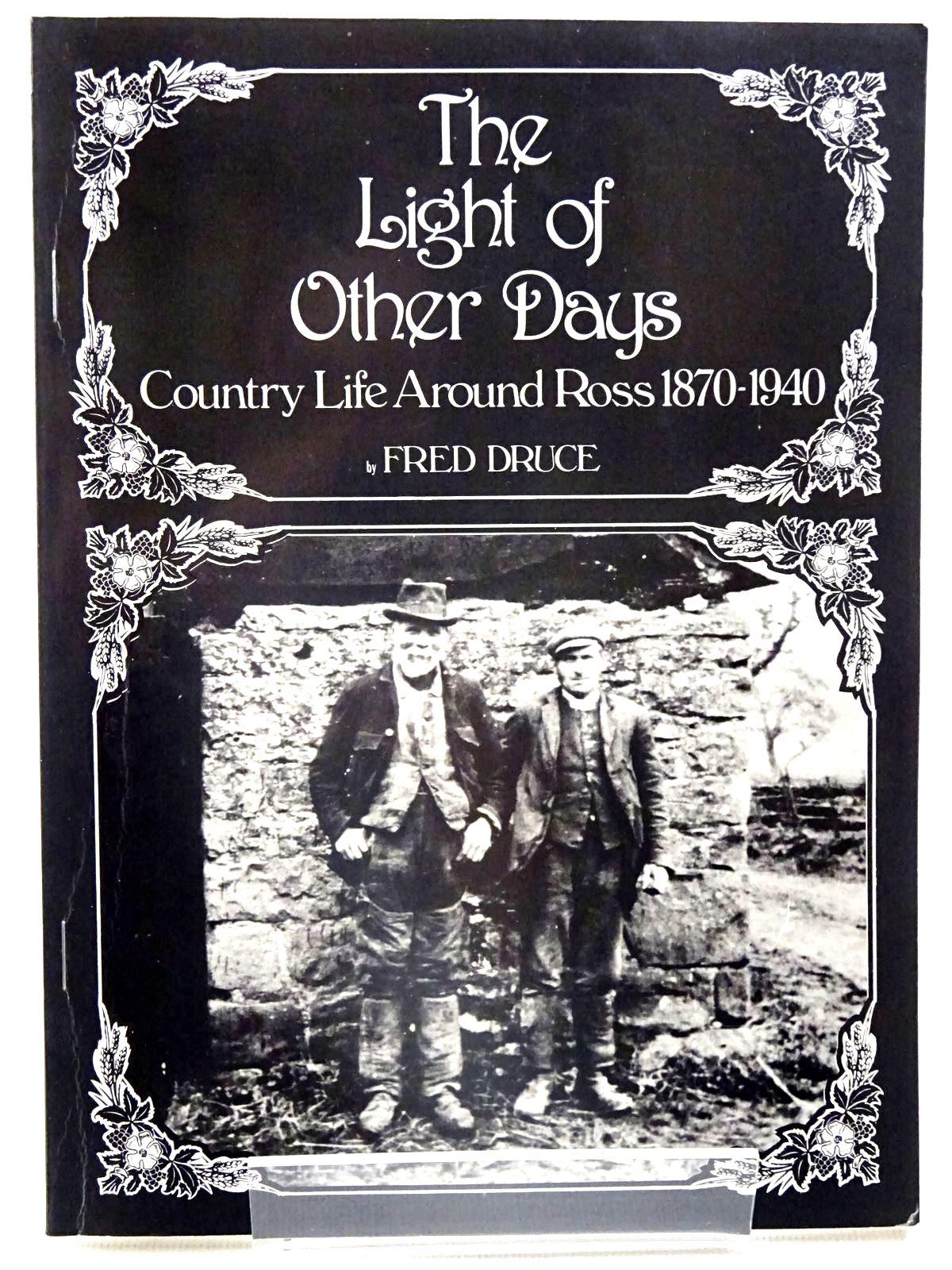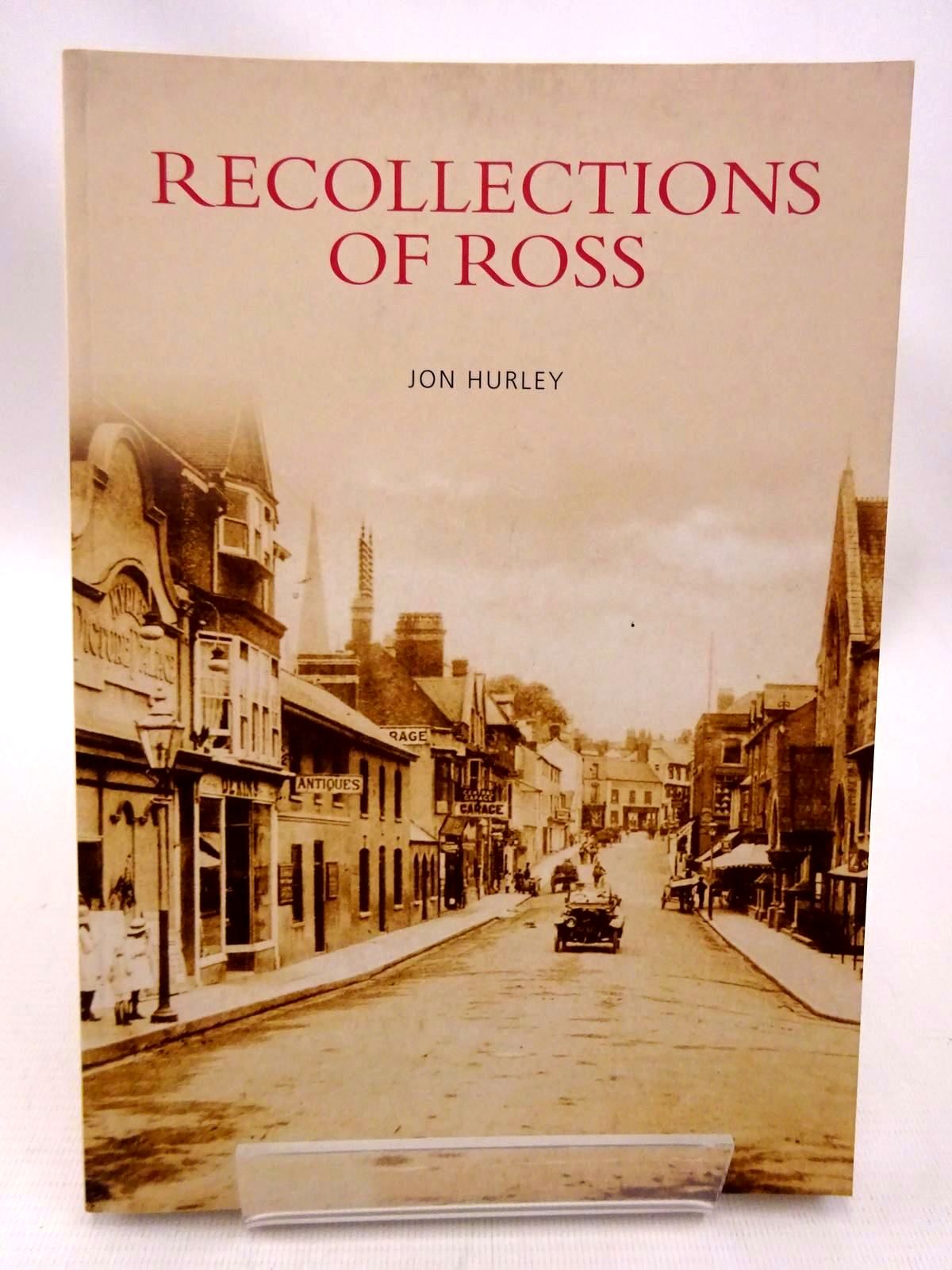Hay-on-Wye
View current stock of Herefordshire books
My decision to write about Hay, or Hay-on-Wye to give our town its full name, stems from a snippet of conversation I overheard during my lunch break a few weeks ago. This is how it went:
Wife: Did you bring the camera?
Husband: No I didn't – but there's nothing worth photographing here anyway!
At the time they were standing in full view of the Castle - but facing the other way!


I have always lived near Hay so I thought I would tell you a little about things that I find interesting and, for those who bring their camera, maybe worth photographing. The best place to start, I think, is with the Castle as it is probably the biggest and oldest building in Hay and is built on raised ground above the market square – you can't miss it! Parts of the building date from around 1100 but various sections have been knocked down, damaged, rebuilt, added to and restored in its long and varied history. It has changed hands many times and has survived frequent attacks plus a couple of damaging fires, the most recent of which was in 1977. The castle has been owned by Hay Castle Trust since 2011 and, with the help of Cadw and other partners, they hope to protect and conserve the remaining buildings with a view to opening parts of the castle and grounds to the public. At the moment you can only walk around one the side of the castle from an entrance on Castle Street or from opposite the main car park.
I think the Butter Market is another interesting building just off the market square, it was built in 1833 by Mr Enoch a wealthy local grocer. Sadly, by the 1950s, the sides had been walled up and it was in a poor state of repair but thankfully it was restored by the Warren Club, a local society for civic improvement and maintenance. Every Thursday, along with the market square, it is filled with Market stalls and at other times with craft fairs, fund raising events etc. This is in contrast to previous uses of, amongst other things, an army surplus store and a wartime 'egg station' - which sounds intriguing.



Near to the Butter Market on Market Street is a small oblong area of pavement which once was the entire ground floor of a two storey dwelling. This in the 1840s was the home of a shoemaker, his wife and four children.
As many of you will already know, Hay is famous worldwide for its secondhand bookshops and no article about Hay would be complete without mentioning them.
 Richard Booth opened his first bookshop in 1962, declared Hay an Independent Kingdom on the 1st April 1977 (note the date!) and also crowned himself King of Hay. There are 22 bookshops listed on the current booksellers' leaflet, of which Rose's Books is one, so make sure you pay us a visit if you are in Hay.
Richard Booth opened his first bookshop in 1962, declared Hay an Independent Kingdom on the 1st April 1977 (note the date!) and also crowned himself King of Hay. There are 22 bookshops listed on the current booksellers' leaflet, of which Rose's Books is one, so make sure you pay us a visit if you are in Hay.
You can't miss us as we are right by another impressive structure, the Clock Tower, built in 1884 at a cost of about £600. It chimes on the hour, the quarter hour, the half hour and three quarters past the hour.....day and night!
The River Wye flows alongside Hay and lovely views of the Wye and the countryside beyond can be seen from the Wye Bridge. The Wye starts its journey at Plynlimon in Mid Wales and enters the sea at the Severn Estuary just below Chepstow. It's the fifth longest river in the United Kingdom at 134 miles and winds its way through many well known places, towns and cities including Rhayader, Builth Wells, Hereford, Monmouth and of course Tintern - home of Stella Books. I thought you might like to see two contrasting photos here, a photo taken now and one taken a couple of years ago during an extremely cold spell with lovely blue skies and hoar frost on the trees.
Whilst the following may not warrant a photo they are, to me, other interesting facts about Hay. The boundary between England and Wales in Hay is marked by the Dulas Brook which is about a third of a mile down the road from Rose's Books. The majority of Hay is in Wales and the Welsh name for Hay is Y Gelli.
The most recent twinning of Hay has been with Timbuktu in 2007! Timbuktu chose Hay following a nationwide competition as both towns have an interest in the written word, Timbuktu has many ancient Arabic and African manuscripts. By coincidence, Hay and Timbuktu lie on the same line of longitude.
There are at least five blue plaques (there could be more) issued by the Warren Club. Blue plaques are issued in the United Kingdom as historical markers for buildings, perhaps the building is of historic interest or maybe a famous person had connections with the building. There is one on the Old Black Lion public house in Lion Street commemorating The Lion Gate – Entrance to the Mediaeval Town of Hay. Another is close to the Swan Hotel and marks the original Motte and Bailey castle of Hay. The Butter Market that I mentioned earlier has one. Behind the castle is Salem Chapel, also known as Hay Baptist Chapel, and this has a plaque because it is the second oldest non-conformist Chapel in Wales with a schoolroom which dates from 1047 and last but not least one on The Spinning and Weaving Mill built in the 18th Century by the Howells family for the carding and spinning of wool into coarse cloth. The Mill is just up the hill from Rose's Books.
We have a gold postbox since the London Paralympics of 2012 for Josie Pearson's gold medal in the Women's Discus.
If you walk the Offa's Dyke footpath which starts in Prestatyn in North Wales and ends at Chepstow in South Wales you will walk through Hay.
The Hay Literature Festival takes place on the outskirts of Hay for 10 days around the bank holiday at the end of May. Thousands and thousands of people come to Hay and the surrounding district during this time.
These are some of the things I find interesting about Hay and which I think gives our town its uniqueness, but please come and see for yourself as you may have other ideas and interests.
And finally, this always makes me smile, it's on the road outside Murder and Mayhem, a bookshop specialising in Detective Fiction, True Crime and Horror.

Contributed by Lorna
(Published on 25th Feb 2015 )


